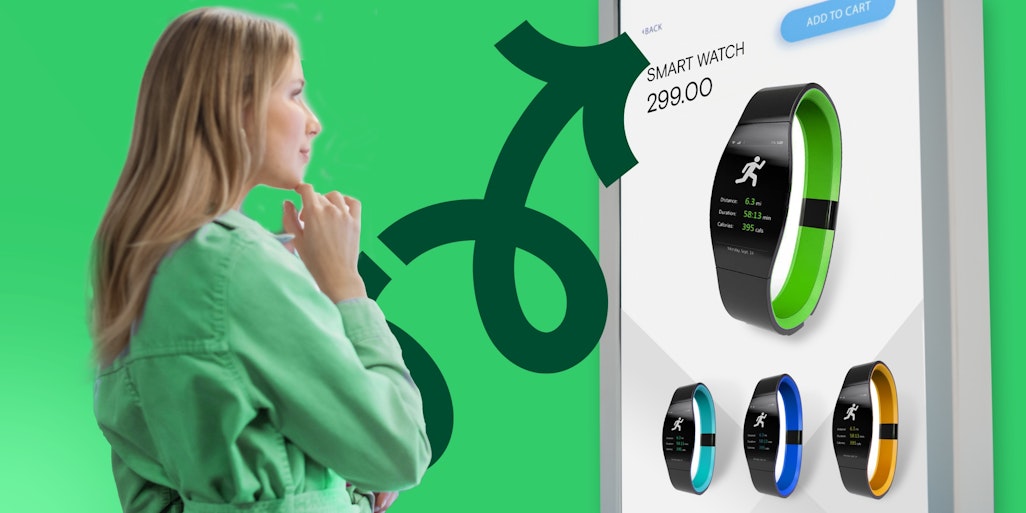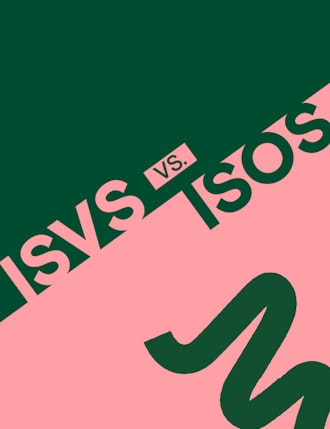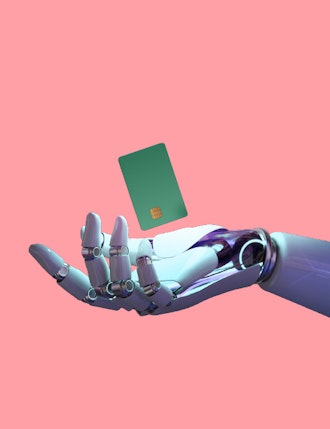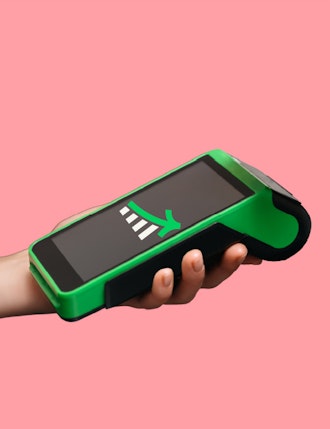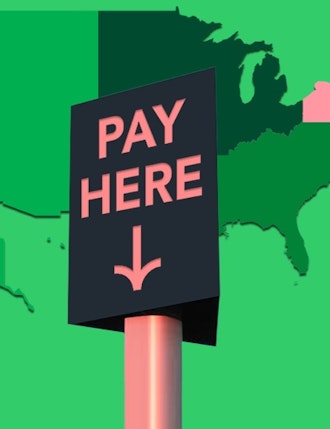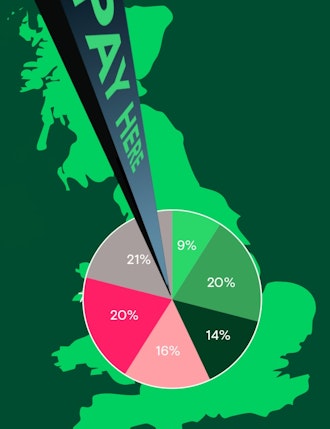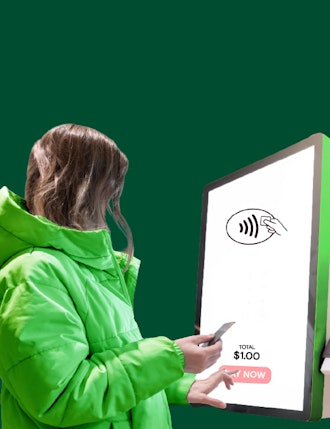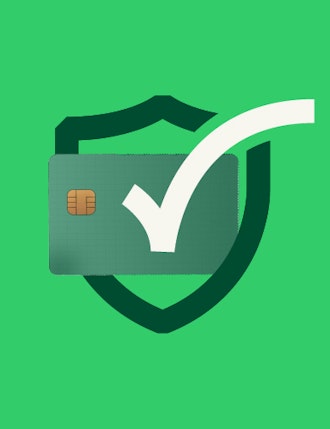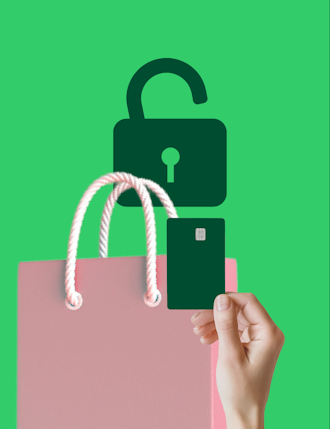Today’s customers are demanding. When they shop, they expect personal service, with as many as 60% of consumers saying they will become repeat buyers after a personalised customer experience. And they want to be able to buy from and interact with brands across multiple channels. In fact, brands with top omnichannel customer engagement see a 9.5% increase in annual revenue compared to 3.4% for the ones that don’t.
For the future of retailers, a seamless omnichannel experience is vital. Here we look at what that means and how payment orchestration can help.
What is an omnichannel experience?
An omnichannel customer experience is made up of individual customer touchpoints across a variety of channels. These channels seamlessly connect, enabling customers to pick up where they left off on one channel and continue their experience on another. This could be interacting with a retailer on their socials and website or the ability to pay for goods across the channel mix.
For example, retailers with a seamless omnichannel experience will enable customers to purchase on their social media channels and website with a variety of payment methods, all tied in to their same customer account.
What are the benefits of an omnichannel customer experience?
We’ve already touched on the revenue benefits of providing an omnichannel customer experience. Other benefits include:
- More choice for customers: Providing a variety of integrated channels enables customers to interact with your brand in a way that’s most convenient to them. You’re not forcing them in a way that’s most convenient for you.
- Catering to a broader audience: Certain consumers may favour certain ways of interacting with a brand. If you have more channels available, you’re making your brand more available to potential consumers in the way they want to interact with you. Or pay with you.
- Collect better data: The more channels you have and the more payment methods you offer, the better the data you can collect on your customers. This data then allows you to offer more personalised experiences such as tailored recommendations or offers. This type of approach resonates better with customers, improving satisfaction and customer retention.
- Adaptability: An omnichannel approach allows businesses to adapt to changing customer preferences and emerging technologies. By being present on multiple channels, businesses can stay ahead of the curve and cater to customers’ evolving needs, ensuring they remain relevant in the future.
The importance of payment orchestration
If you’re offering different ways for your customers to buy from you across a variety of channels and payment methods, you need a software layer to connect everything together. This is where payment orchestration comes in.
So what is payment orchestration? It is the means of integrating and managing the end-to-end payment process. It can include authorising payments, routing transactions and handling settlements. But it also involves connecting different payment service providers (PSPs) into the mix to enable you to offer multiple payment methods. Good payment orchestration software means you can rapidly respond to changes in consumer needs by offering new payment methods – such as buy now, pay later (BNPL) – via a single API connection. It also means that global retailers can work with both local and international PSPs, simply by connecting them into the payment ecosystem.
In a digital-first world, payment orchestration is essential to connect all stakeholders, whether merchants, acquirers, payment processors, providers of alternative payment methods and also providers of data management solutions.
With effective payment orchestration, retailers can design and operate the checkout and payment flow seamlessly across multiple partners, devices, territories and channels. It also provides essential data to better understand customers.
In-person payment orchestration
When we talk about omnichannel customer experiences, it’s too easy to only focus on digital channels. Yet, in-person retail is one of the most important channels, if not the most important for many retailers. It shouldn’t sit in a silo from digital real estate. It must always be connected, whether through click and collect, an app to use in-store or digital payment methods being offered at physical premises.
So, how do retailers make sure everything is connected? With in-person payment orchestration. Not heard the term? Read all about what in-person payment orchestration is here.
In-person payment orchestration ties in-person payments in with e-commerce. It connects all the different players in the payments ecosystem, whether merchant acquirers, specialist PSPs, financial institutions and much more. Retailers can then manage various payment systems (whether online or offline) from a single interface. Not only does this ensure that customers have an omnichannel experience across digital and in-person channels, but it also means that retailers can simplify their operations, reduce costs and provide a seamless checkout process. It also connects data across the ecosystem to gain valuable insights into customers.
At Aevi, our open cloud-based platform provides the orchestration and the integration for in-person payments, tying in in-person payment with e-commerce. Discover more about our platform and what it can mean for in-person payment orchestration.
Interested in reading more around this subject? Here are some useful articles…
